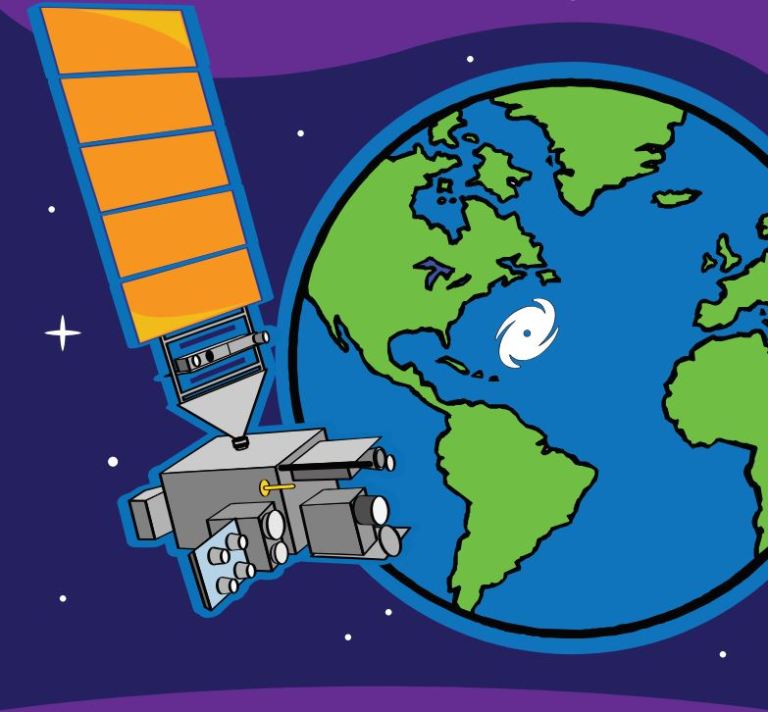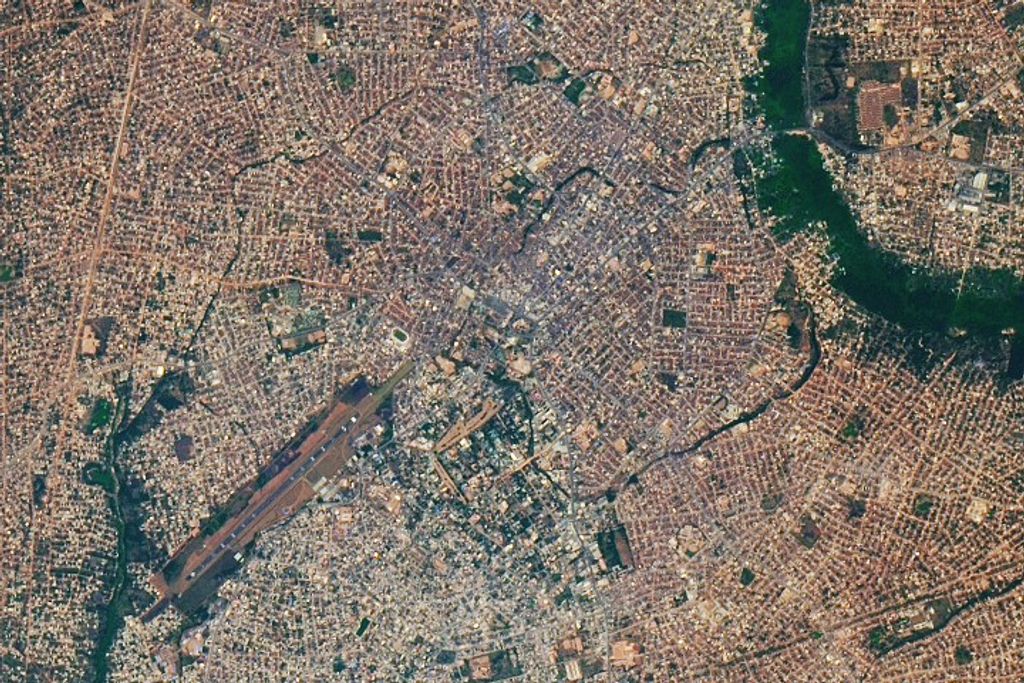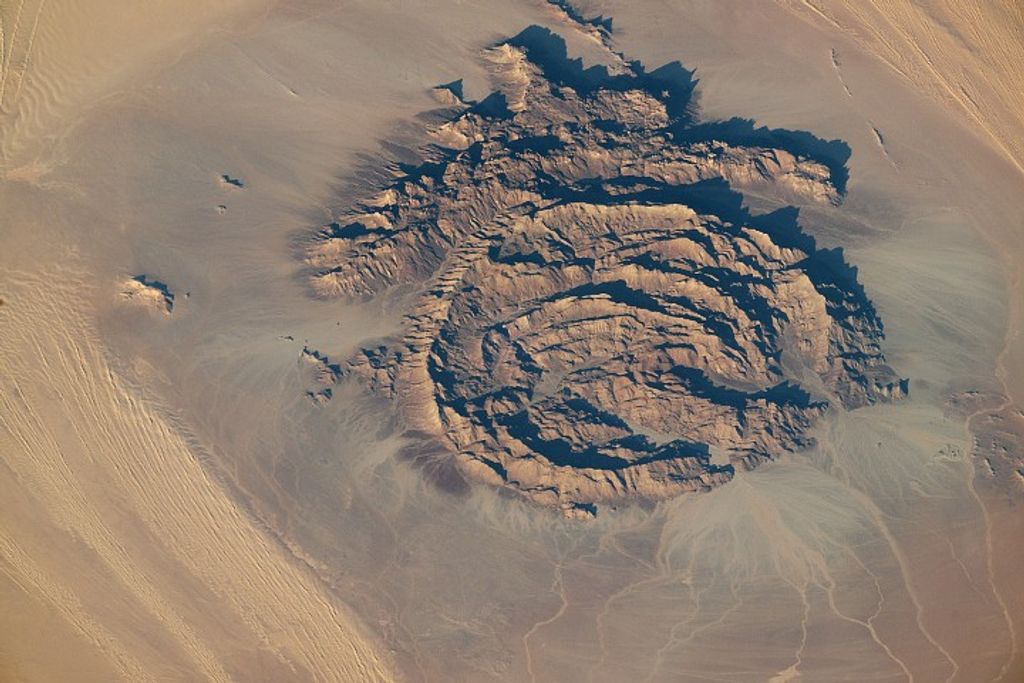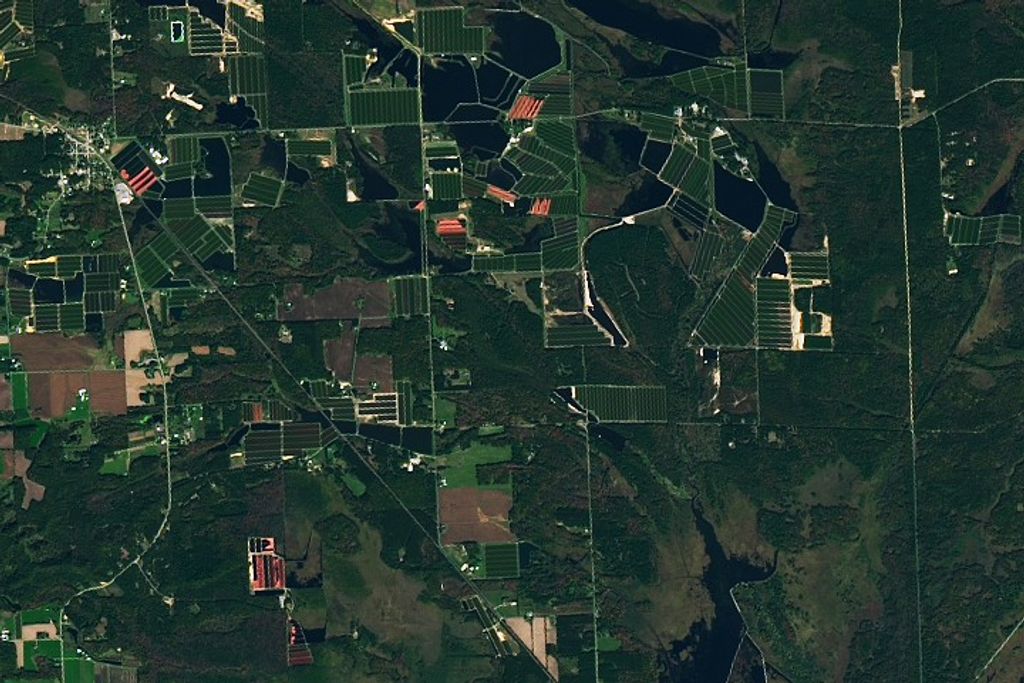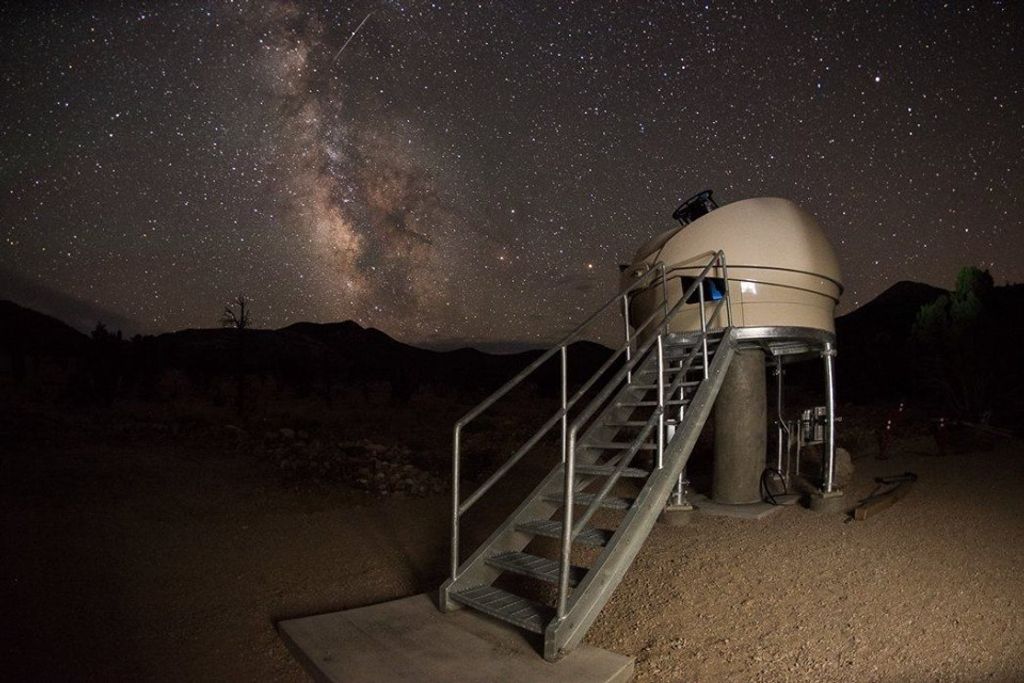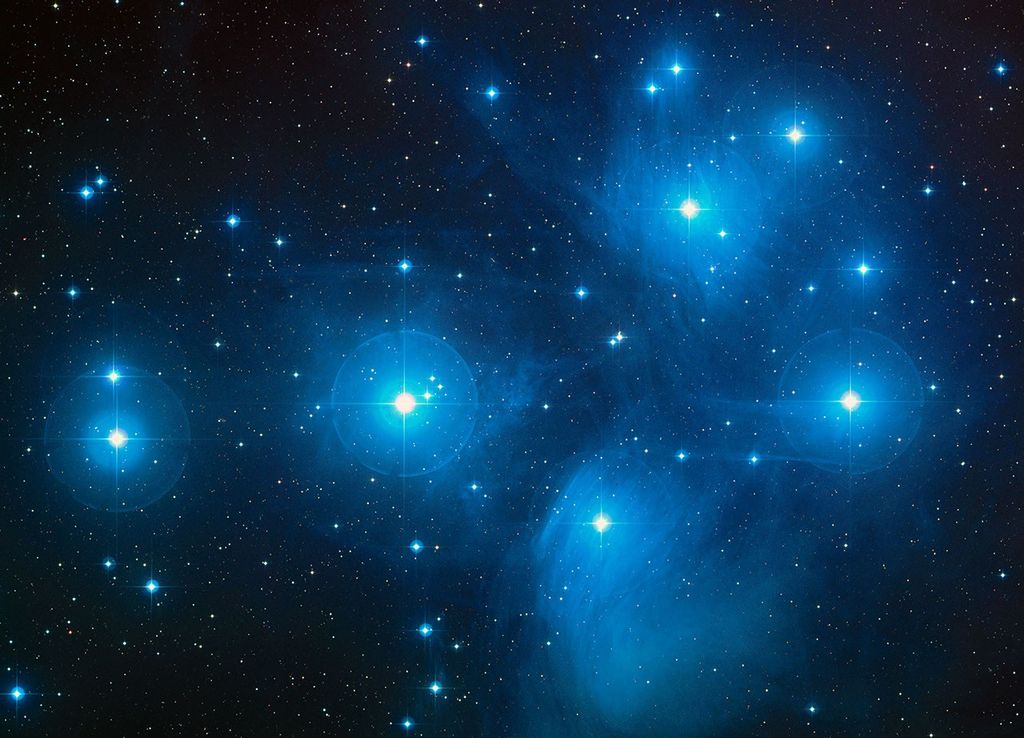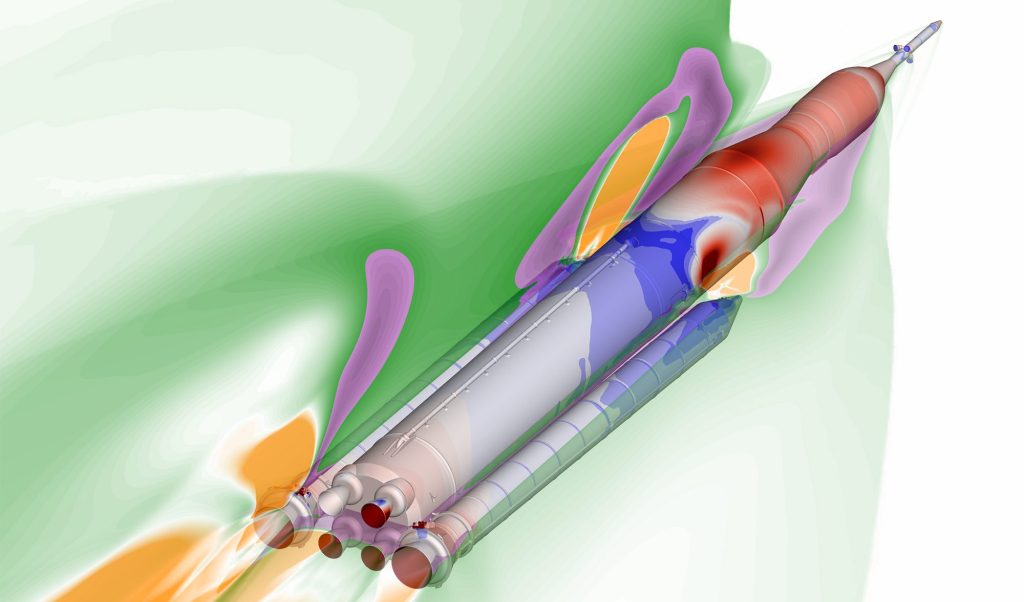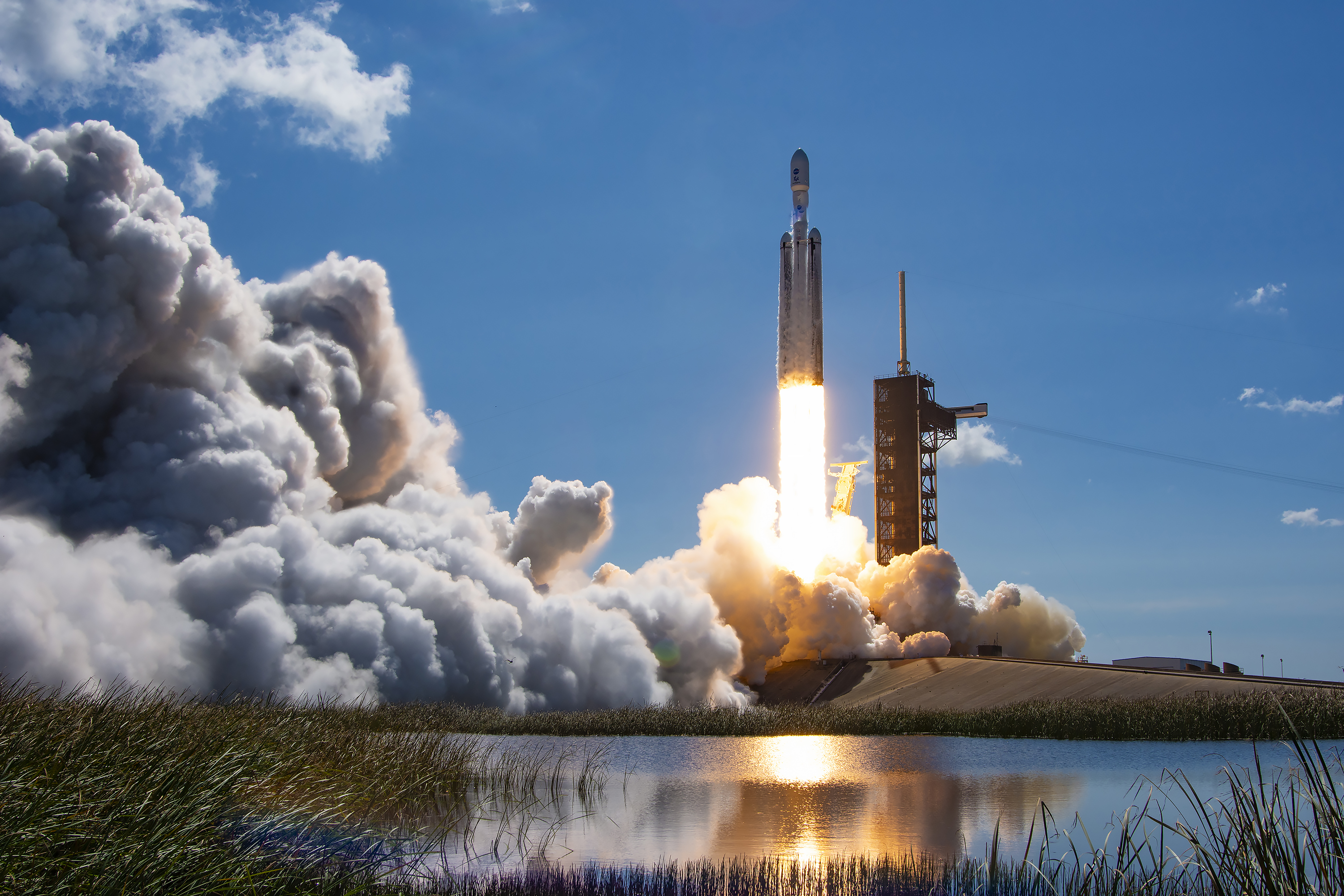GOES Satellite Network
Geostationary Operational Environmental Satellites (GOES) is a collaborative NOAA and NASA program providing continuous imagery and data on atmospheric conditions and solar activity ( space weather ). NASA builds and launches the GOES and NOAA operates them.
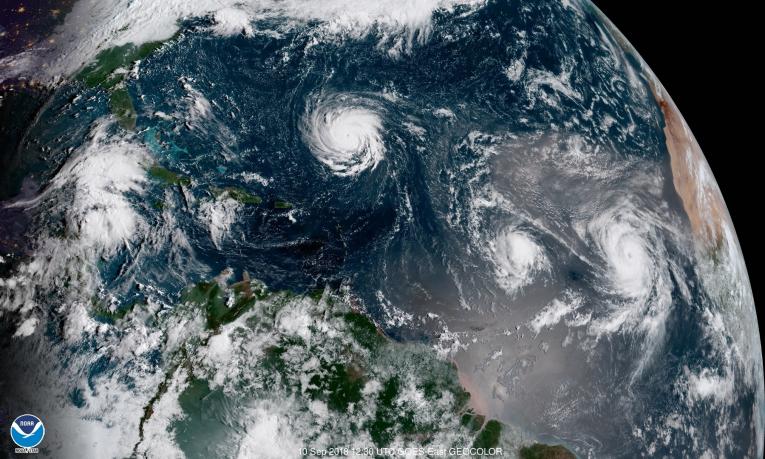
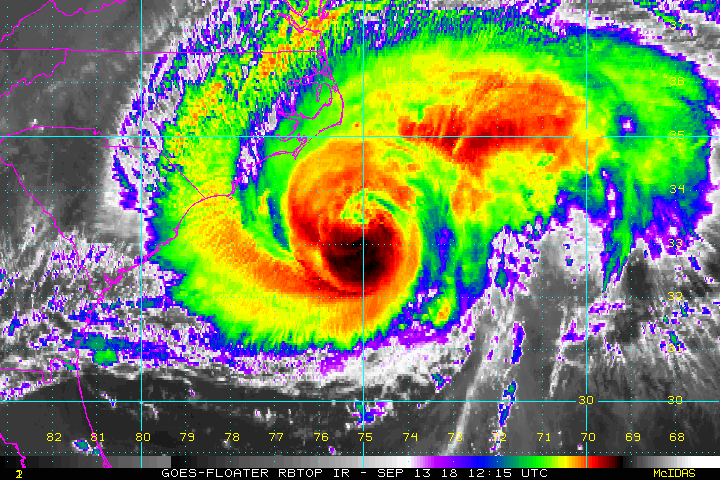
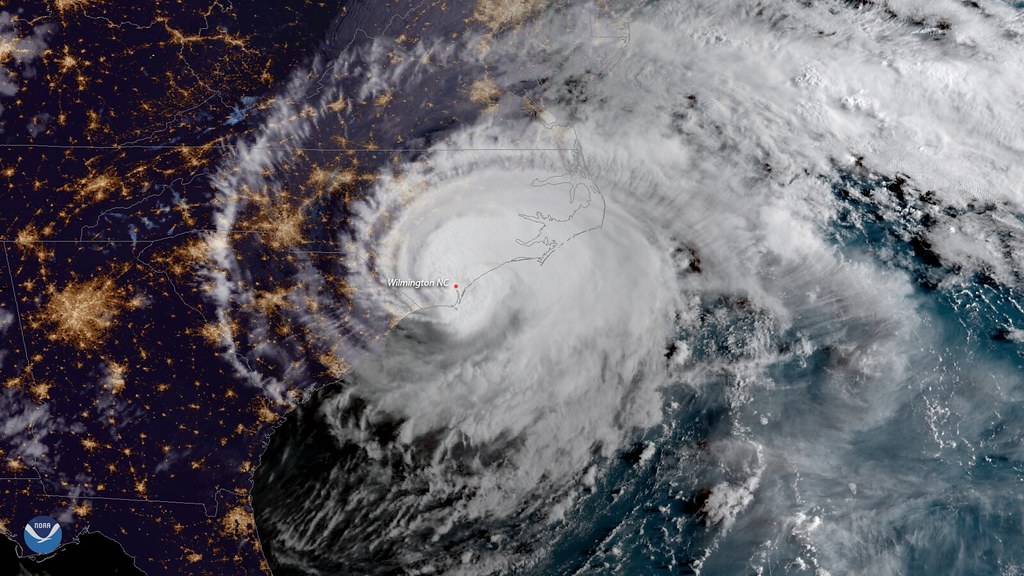
Overview
GOES provide advanced imagery and atmospheric measurements of Earth’s Western Hemisphere, real-time mapping of lightning activity, and monitoring of solar activity and space weather. GOES satellites orbit 22,236 miles above Earth’s equator, at speeds equal to the Earth's rotation. This allows them to maintain their positions over specific geographic regions so they can provide continuous coverage of that area over time.
ORBIT
Equatorial
Altitude
22,236 Miles
GOES West
137.0 West (GOES 18)
GOES East
75.2 West (GOES 16)
NOAA Celebrates 50 Years of GOES Satellites
In 2025, NOAA is celebrating 50 years of its heralded GOES satellite program. For five decades, NOAA and NASA have partnered to advance NOAA satellite observations from geostationary orbit.
Learn More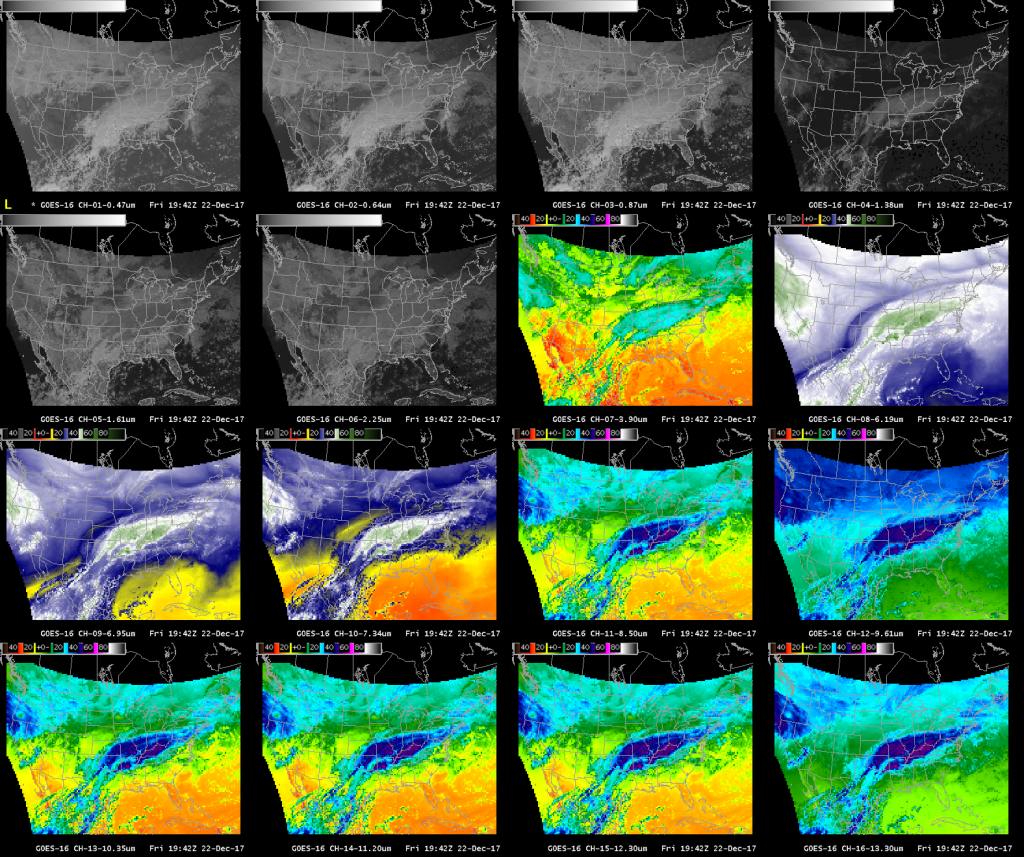

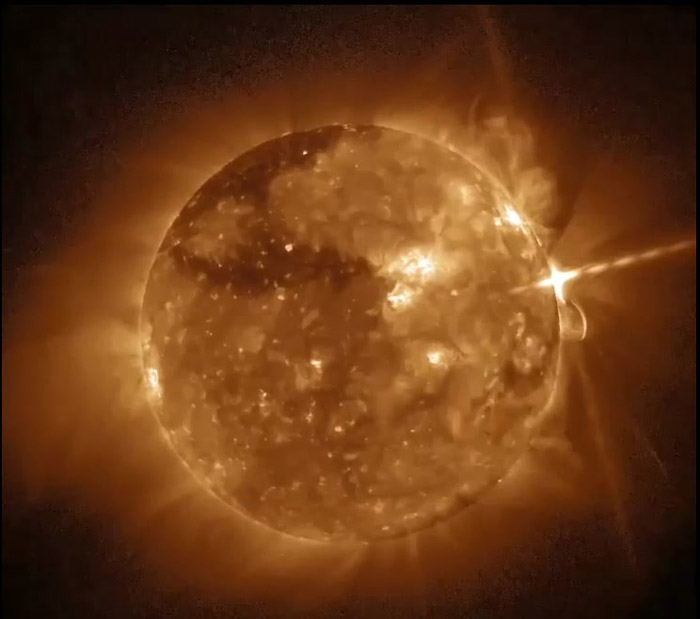
GOES-R Series
NOAA’s most sophisticated Geostationary Operational Environmental Satellites (GOES), is known as the GOES-R Series, The GOES-R Series provides critical atmospheric, hydrologic, oceanic, climatic, solar and space data, significantly improving detection and observation of environmental phenomena that directly affect public safety, protection of property, and our nation’s economic health and prosperity.
GOES-R
GOES-16 Nov 2016
GOES-S
GOES-17 Mar 2018
GOES-T
GOES-18 Mar 2022
GOES-U
GOES-19 June 2024
The first satellite in the series, GOES-R, now known as GOES-16, was launched in 2016 and is currently operational as NOAA’s GOES East satellite. GOES-S, now known as GOES-17, was launched in 2018 and now serves as an on-orbit backup. GOES-T, now GOES-18, launched in 2022 and now serves as NOAA’s operational GOES West satellite. GOES-U, the final satellite, launched in 2024 and is now known as GOES-19. GOES satellites are designated with a letter prior to launch. Once a GOES satellite has successfully reached geostationary orbit, it is renamed with a number.
Together, GOES East and GOES West watch over more than half the globe — from the west coast of Africa to New Zealand and from near the Arctic Circle to the Antarctic Circle.
Benefits Include:
- Hurricane track and intensity forecasts
- Early warning of severe storms and tornadoes
- Fire detection, monitoring, and intensity estimation
- Identification of lightning strikes most likely to ignite fires
- Detection of low clouds and fog
- Monitoring of atmospheric river events that can cause flooding and mudslides
- Monitoring of smoke, dust and aerosols
- Data for air quality warnings and alerts
- Data for aviation route planning and reducing weather-related flight delays
- Detection of volcanic eruptions and monitoring of ash and sulfur dioxide
- Detection of heavy rainfall and flash flood risks.
- Sea surface temperature data for monitoring fisheries and marine life
- Monitoring of vegetative health
- Data for long-term climate variability studies
- Detection of meteors entering Earth’s atmosphere
- Detection of coronal holes, solar flares, and coronal mass ejection source regions
- Warning of space weather hazards responsible for communications and navigation disruptions and power blackouts
- Monitoring of energetic particles responsible for radiation hazards
Past Highlights to Future Horizons
For nearly 50 years, NOAA and NASA have partnered to develop NOAA’s geostationary satellites as part of the most sophisticated weather-observing, environmental monitoring, and space weather monitoring satellite system in the world. GOES-U, now GOES-19, is the final satellite in a heralded NOAA satellite program and bridge to another future age of advanced satellite technology.
Learn MoreGOES News Feed
GOES news features released on nasa.gov in reverse chronological order. For launch updates see the next section "GOES Launch Updates".
GOES-19 Updates
GOES-19 is the final GOES-R Series satellite. Known as GOES-U when it launched on June 25, 2024, once it reached geostationary orbit its name changed to GOES-19. This section contains highlights of key milestones in the form of launch blog updates, feature stories and news items that track the GOES-U launch and GOES-19 commissioning on the path to becoming operational.
See also the GOES Blog about GOES-19 Updates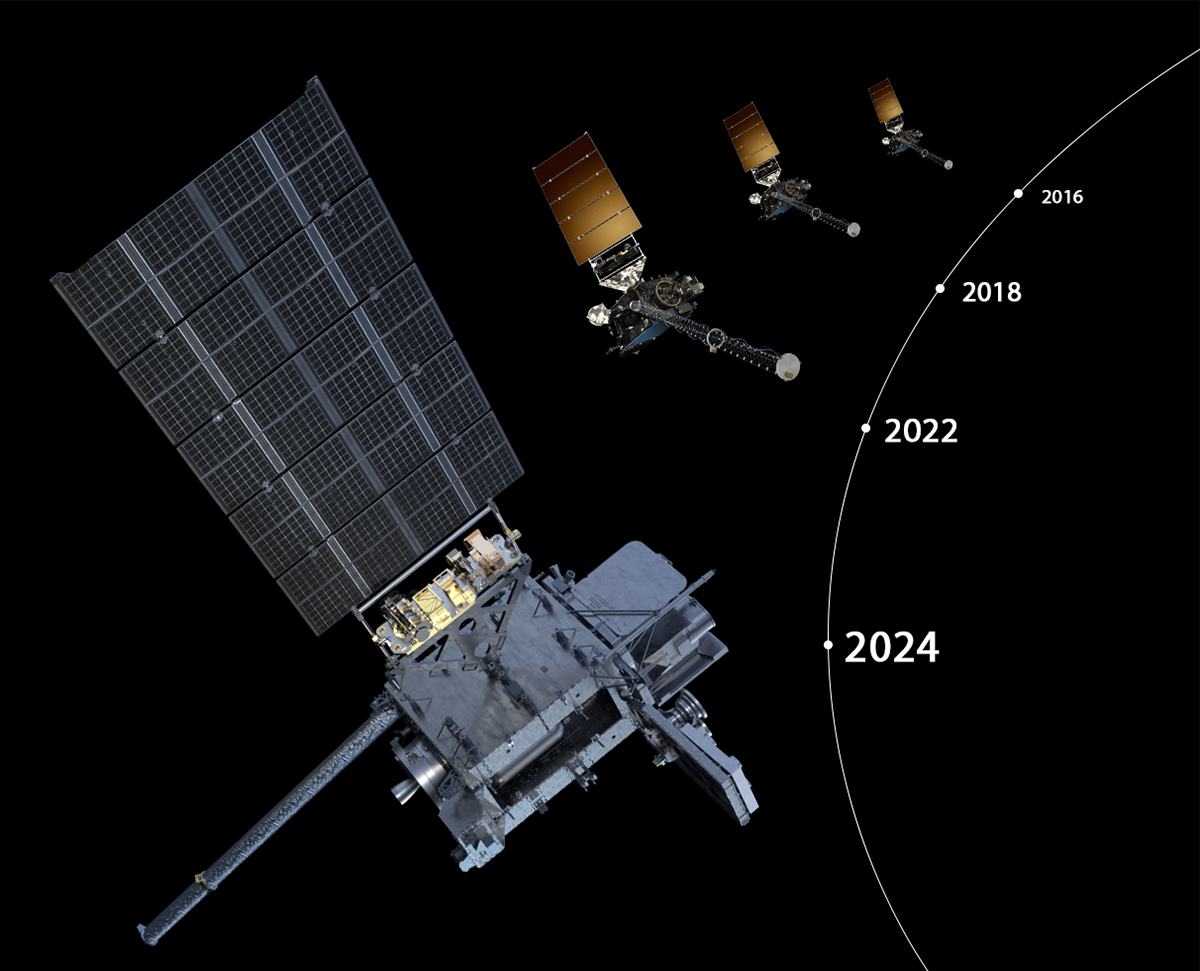
NOAA’s GOES-U Satellite: One Year Later
As NOAA marks the first anniversary of sending GOES-U into space, we check in with the newest satellite in NOAA’s fleet.
Learn More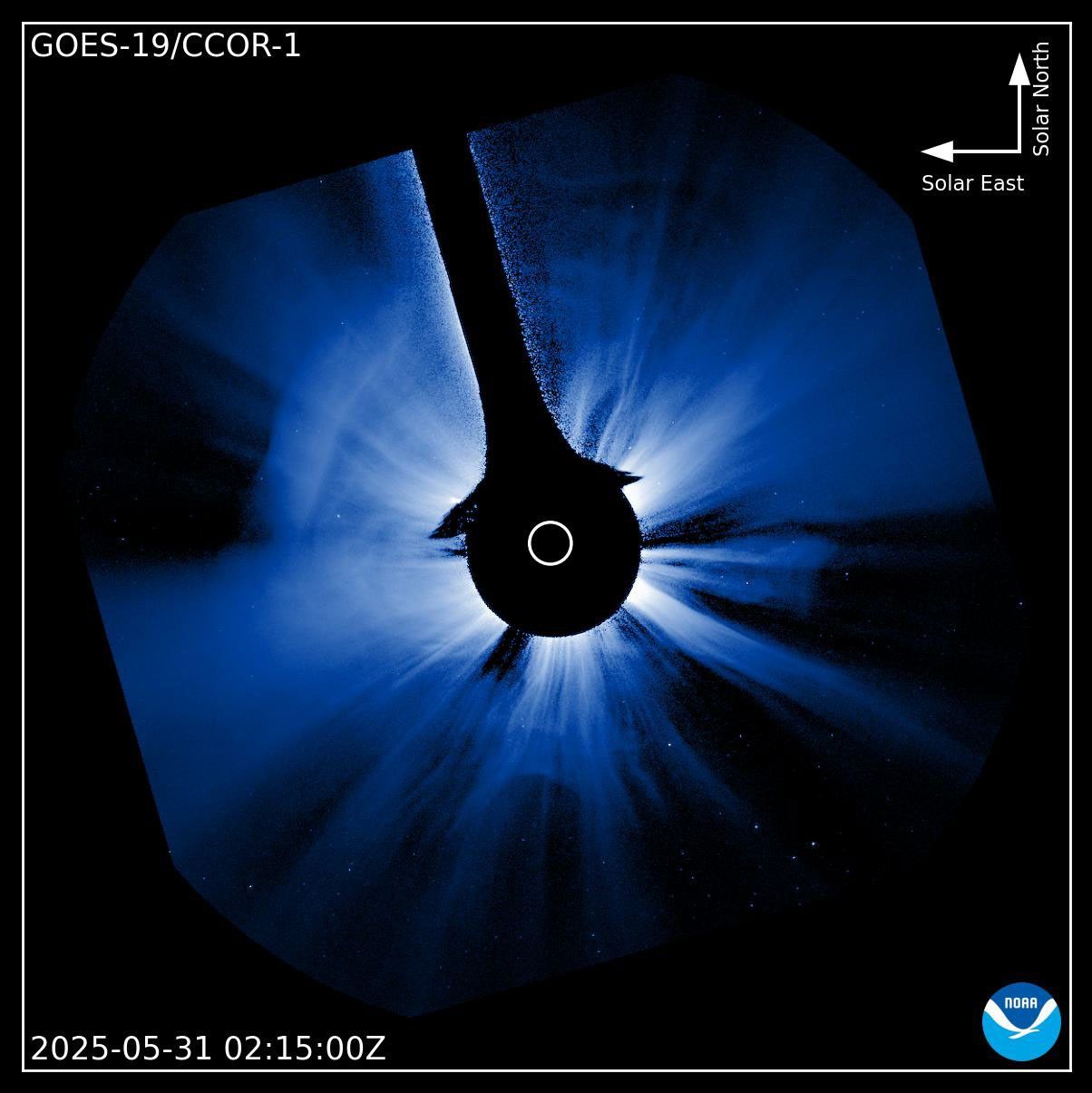
NOAA Shares First Imagery from GOES-19 SUVI Instrument
The Solar Ultraviolet Imager, or SUVI, onboard NOAA’s GOES-19 satellite, which launched on June 25, 2024, began observing the sun on Sept. 24, 2024. SUVI monitors the sun in the extreme ultraviolet portion of the electromagnetic spectrum to watch for hazardous space weather that could affect Earth.
Feature Story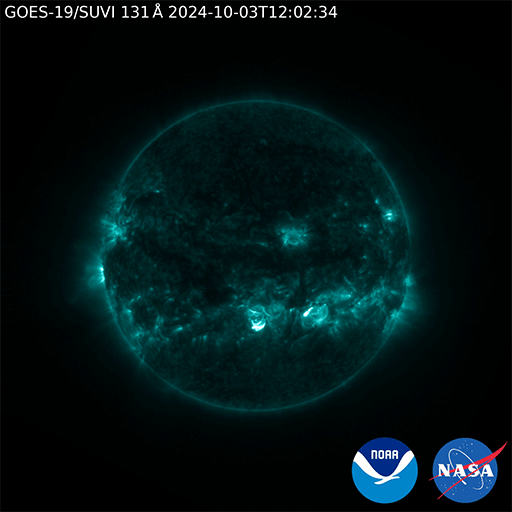
NOAA Releases Initial Imagery from the GOES-19 Lightning Mapper
The Geostationary Lightning Mapper (GLM) instrument, onboard NOAA’s GOES-19 satellite, is now continuously observing lightning over the Western Hemisphere. GOES-19 launched on June 25, 2024.
Feature Story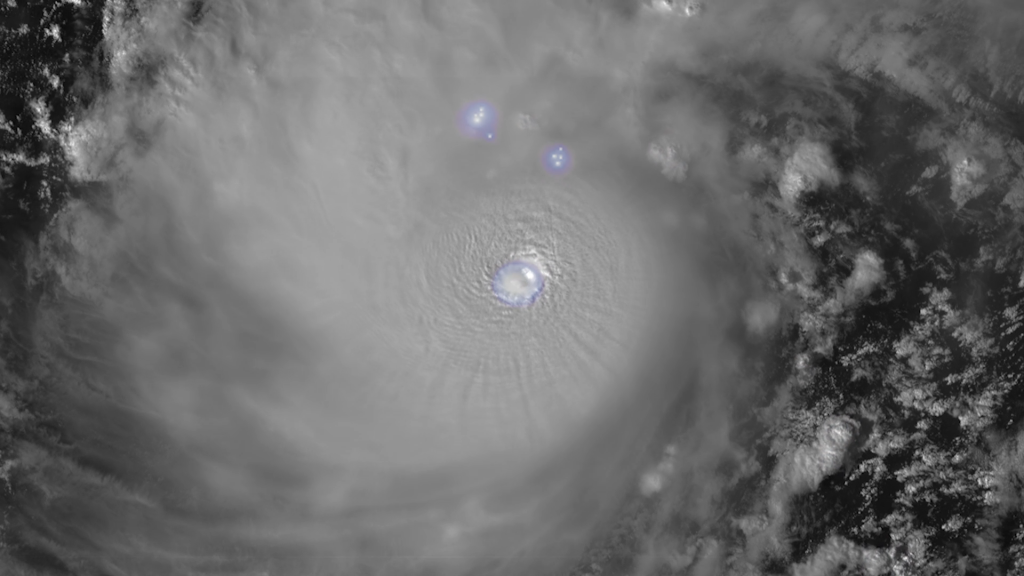
NOAA Debuts First Imagery from GOES-19
On Sept. 18, 2024, NOAA shared the first images of the Western Hemisphere from its GOES-19 satellite.
Feature Story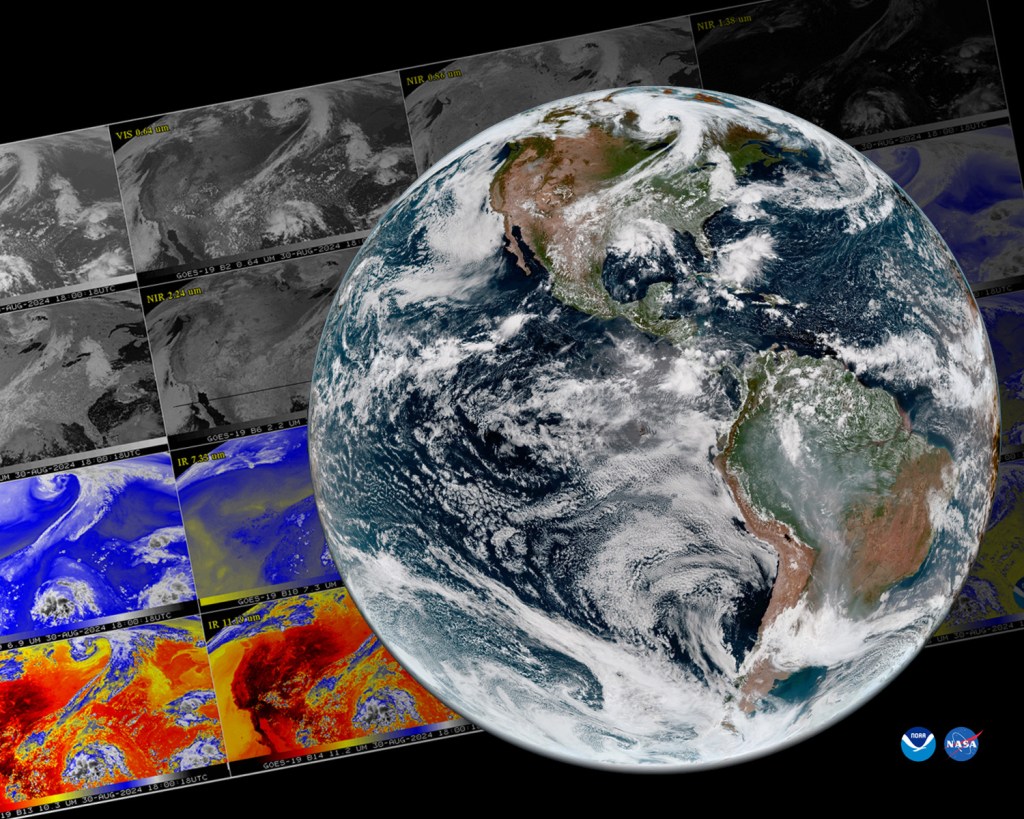

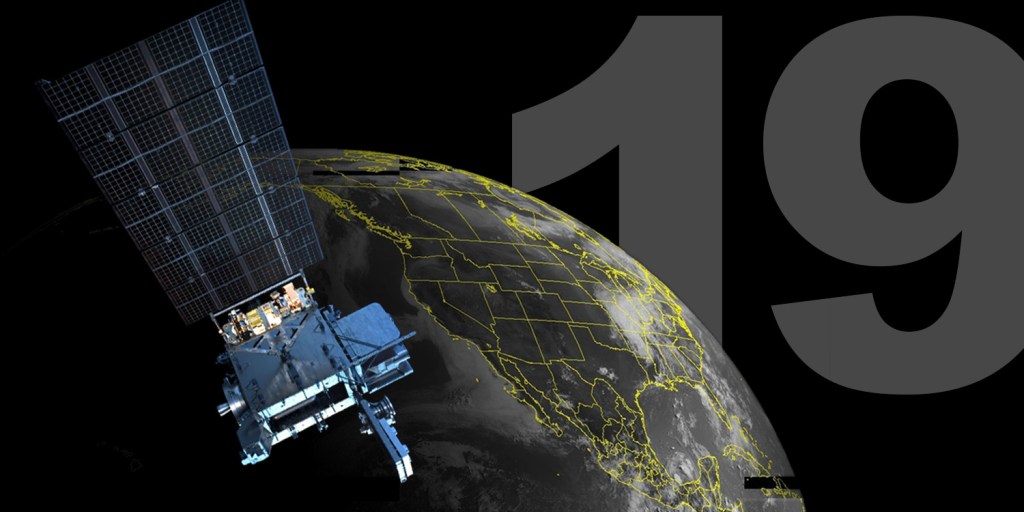
GOES-U Spacecraft Separation Video
NOAA’s GOES-U separates from the SpaceX Falcon Heavy rocket ahead of insertion into the geostationary transfer orbit on Tuesday, June 25, 2024, at 10:18 p.m. EDT.Credit: SpaceX
GOES-U Heads to Orbit for Historic Mission
NOAA's GOES-U satellite launched from NASA's Kennedy Space Center on board a Space-X Falcon Heavy at 5:26pm EDT on June 25, 2024.
News Release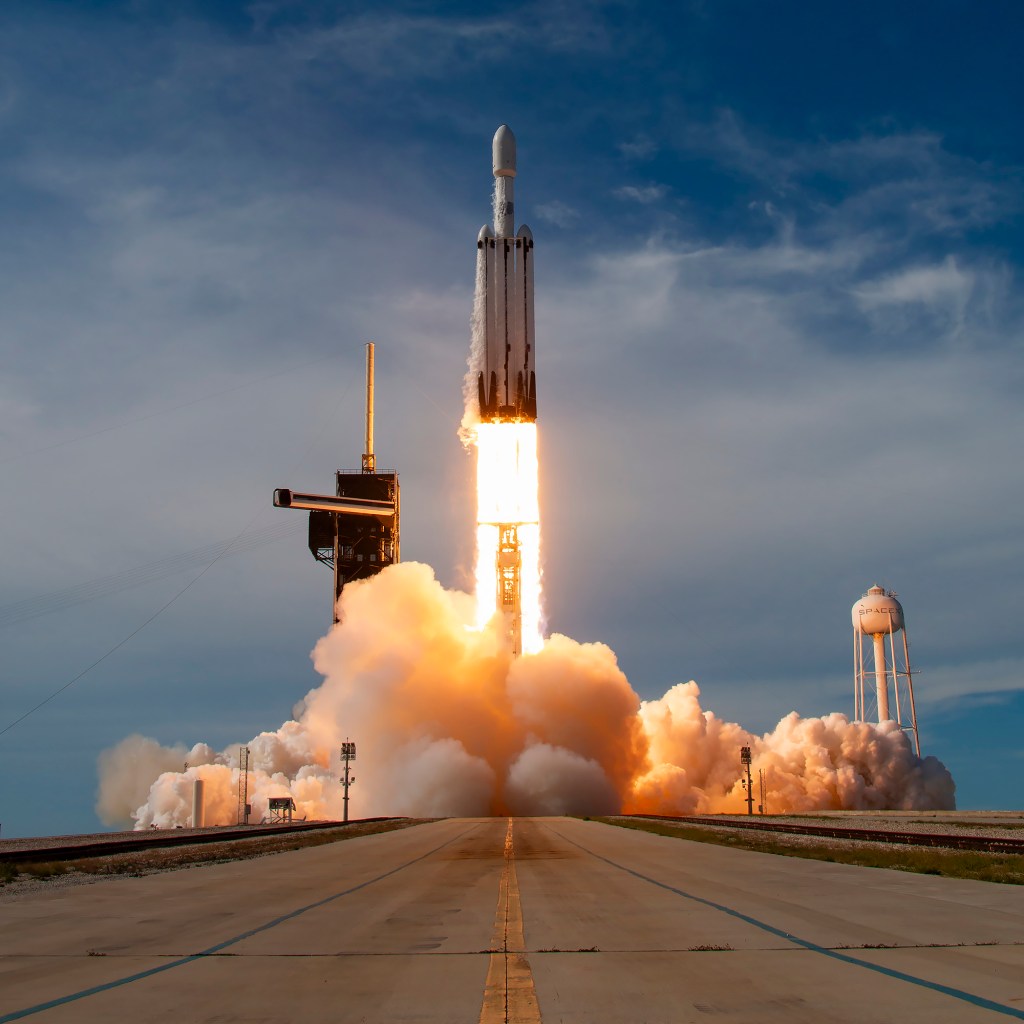
GOES-U Satellite Launch Video
A SpaceX Falcon Heavy rocket carrying NOAA’s GOES-U satellite lifted off on June 25, 2024, at 5:26 p.m. EDT from Space Launch Complex-39A at NASA’s Kennedy Space Center in Florida.Credit:NASA/KSC
GOES-U Launch Images
The image below is a SLIDESHOW. Hover over the image to see the image title and controls. Click the image to go to a detail page with more info and the ability to download the image at various resolutions (click downward arrow in lower right corner).
GOES-U Launch Coverage
GOES-U Launch Coverage starts at 4:15pm EDT June 25, 2024 on NASA+. You can also watch on NASA TV ( https://www.nasa.gov/nasatv/ ). GOES-U is scheduled to launch no earlier than June 25, 2024 5:16 p.m.
Launch Updates on Blog
Advanced Weather Satellite Moves Closer to Launch
The Geostationary Operational Environmental Satellite U (GOES-U) has now passed several important milestones ahead of its upcoming launch aboard a SpaceX Falcon Heavy rocket from Launch Complex 39A at NASA’s Kennedy Space Center in Florida.
Blog Post (new tab)
NASA Invites Media to View NOAA’s Newest Environmental Satellite
NASA will host a media availability to view NOAA’s (National Oceanic and Atmospheric Administration’s) GOES-U (Geostationary Operational Environmental Satellite U) spacecraft Thursday June 6, at the Astrotech Space Operations payload processing facility in Titusville, Florida.
Blog Post (new tab)
NASA Invites Media to NOAA’s Advanced Weather Satellite Launch
NASA and SpaceX are targeting a two-hour launch window opening at 5:16 p.m. EDT Tuesday, June 25. The mission will launch on a SpaceX Falcon Heavy rocket from Launch Complex 39A at NASA’s Kennedy Space Center in Florida.
5:16pm EDT June 25, 2024 - Read More
GOES-U Art Challenge
Enter our lightning art challenge to draw, paint, or sculpt what you think lightning looks like from the ground, the sky, or even from a satellite—the sky is the limit! Click the link below to learn more about how to submit your artwork between 5/1/24 and 5/31/24. Selected works of art will appear on the SciJinks website in June—just in time for the GOES-U launch!
Learn More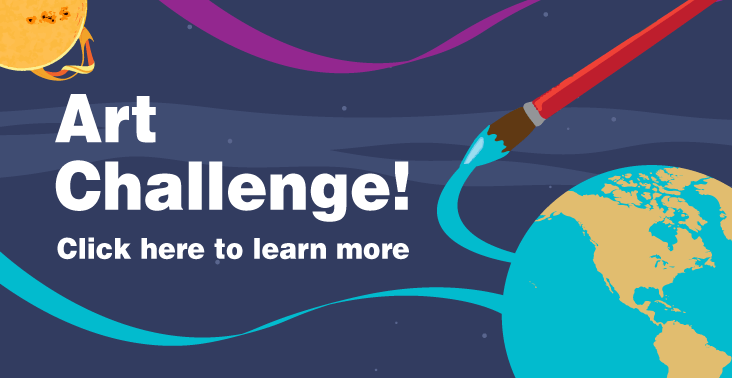
New Launch Date for GOES-U
NASA and SpaceX now are targeting Tuesday, June 25, for the launch of GOES-U, the fourth and final satellite in National Oceanic and Atmospheric Administration’s (NOAA) Geostationary Operational Environmental Satellites (GOES) – R Series.
Blog PostLaunch of NOAA Weather Satellite Delayed
NASA and SpaceX are now targeting no earlier than May 2024 for the launch of the fourth and final satellite in NOAA’s Geostationary Operational Environmental Satellites (GOES) – R Series, GOES-U.
Blog Post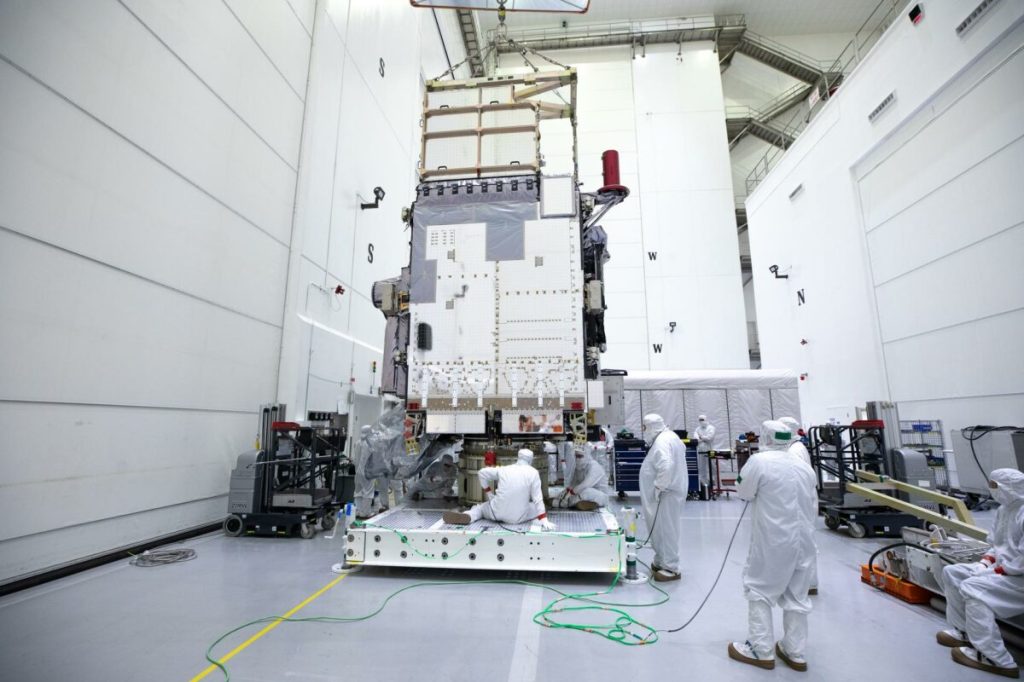
GOES-U Arrives at KSC
GOES-U arrives at NASA’s Kennedy Space Center in Florida on Tuesday, Jan. 23, 2024. Crews transported the satellite to the Astrotech Space Operations facility in Titusville, Florida to prepare it for launch.
GOES-U Road to Launch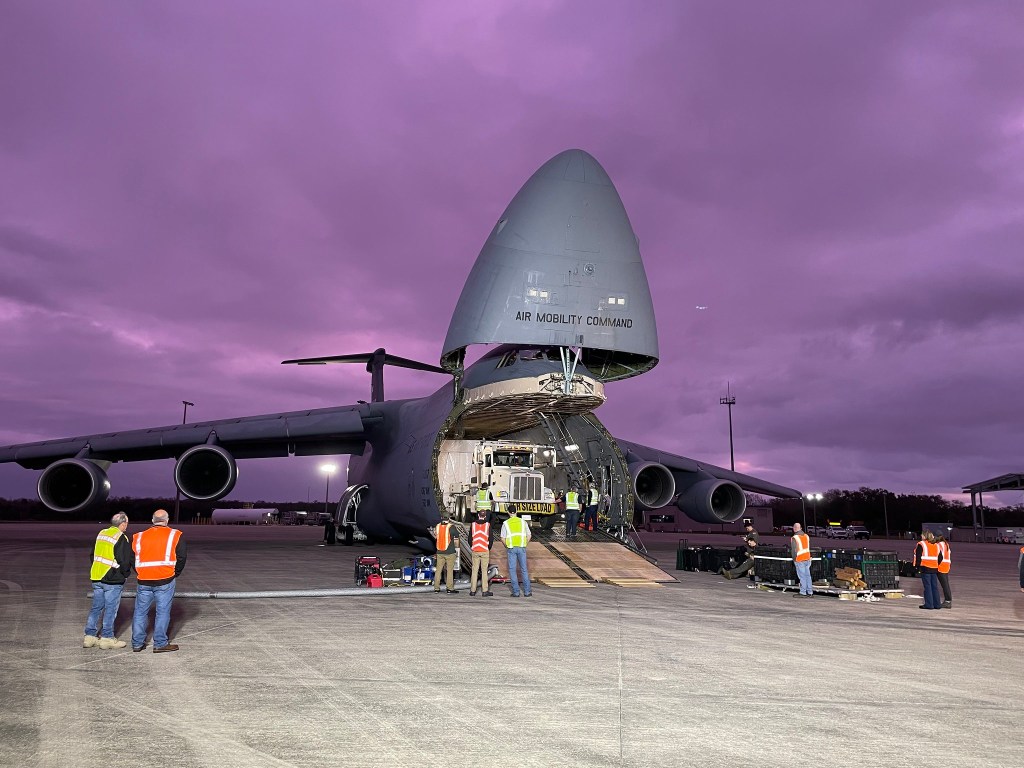
GOES-U Road to Launch Images
This is a slideshow. Hover over it to see image titles and controls. Click any image to view a detail page with descriptions and the ability to view/download images in various resolutions (download icon in lower right on detail page).
GOES-U Spacecraft Development
This is a slideshow. Hover over it to see image titles and controls. Click any image to view a detail page with descriptions and the ability to view/download images in various resolutions (download icon in lower right on detail page).
Previous Launch: GOES-T
NOAA’s GOES-T satellite launched at 4:38 p.m. EST on March 1, 2022. GOES-T was renamed GOES-18 once it reached geostationary orbit. GOES-18 will replace GOES-17 as NOAA’s operational GOES-West satellite in early 2023, to track storm systems, lightning, wildfires, dense fog and other hazards that threaten the western U.S.
Follow the GOES-T Launch Blogs
GOES-T Launch Slideshow
GOES-T was the most recent GOES-R Series satellite to launch. Once in orbit it was renamed GOES 18 and then moved into position to become GOES West, as part of the operational GOES Fleet.
This is a slideshow. Hover over it to see image titles and controls. Click any image to view a detail page with descriptions and the ability to view/download images in various resolutions (download icon in lower right on detail page).
Contacts / Media
-
01
-
02
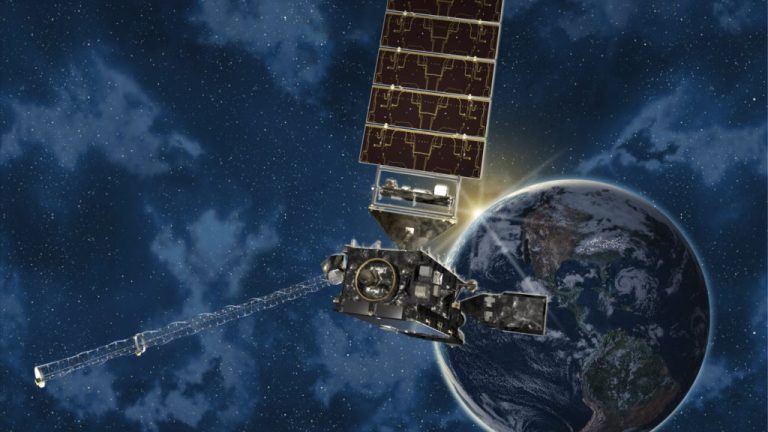
For Kids and Educators
-
01
SCI-Jinks Introduction to GOES-R Series Satellites
SciJinks has a collection of videos, posters, comic books, activity books and more that introduce and explain key concepts of GOES-R Series Satellite's mission.
-
02
GOES-R Educational Videos FOR KIDS
A large collection of videos specifically geared toward kids that explain and illustrate key concepts GOES-R and weather.
-
03
GOES-R Educational Posters and Infographics
A large collection of posters and infographics that explain and illustrate key concepts of GOES-R and weather. There is a set geared toward kids and others that are more advanced that educators at different levels might find useful.
